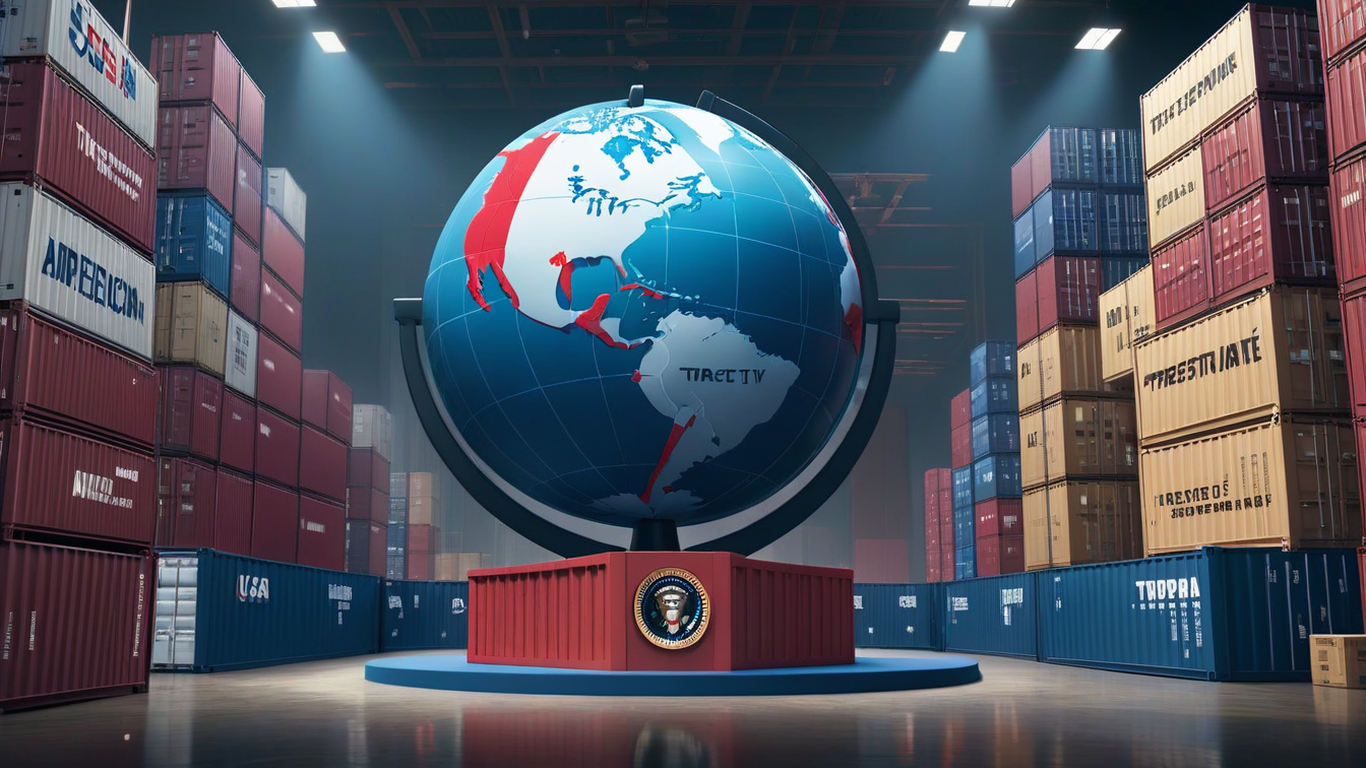Navigating 2025 U.S. Tariff Changes for eBay Sellers
As the global trade landscape evolves under new U.S. government policies, we make efforts to keeping you informed about how these changes impact your ecommerce business. Below, we outline critical updates to tariffs, their implications for cross-border sales, and actionable steps to safeguard your operations.
1. Overview of 2025 U.S. Tariff Changes
President Donald Trump’s administration has implemented sweeping tariff reforms under the International Emergency Economic Powers Act (IEEPA), marking a historic shift in trade policy. In recent speeches, Trump emphasized:
“We must protect our workers and industries from unfair trade practices that have drained jobs and resources from our great nation. These tariffs are a necessary defense against security threats, illegal drug trafficking, and trade imbalances harming American businesses.”
Key Updates Effective March–April 2025:
- Canada & Mexico: A 25% tariff on most imports (excluding USMCA-covered goods), paused for 30 days to allow supply chain adjustments. Energy imports from Canada face a 10% duty.
- China: All imports now carry a 10% tariff, effective February 4, 2025.
- De Minimis Rule Suspension: The 800 duty−free threshold is eliminated, meaning all shipments even low−value orders are subject to duties.
- Average costs per shipment could rise by 800 duty , with price hikes of 12.2%–31.2% for budget items like apparel and common use items.
2. Impact on ecommerce Sellers
a. Buyer Responsibilities (Effective April 3, 2025):
- Duties on Orders >$800: Buyers will pay additional import fees, which may be collected post-purchase by shipping carriers. These fees are excluded from eBay listing prices to avoid buyer confusion.
- Customs Delays: Increased inspections and documentation checks may prolong delivery times. eBay will adjust Estimated Delivery Dates (EDDs) to reflect delays .
- Personal Information Requests: Buyers might need to provide tax IDs or other details for high-value imports (e.g., electronics) to comply with U.S. Customs requirements .
b. Economic Ripple Effects:
- Consumer Price Hikes: Analysts project a 0.10%–0.12% annual increase in consumer prices, with sectors like apparel and electronics facing 15–20% spikes.
- Supply Chain Pressures: Extended customs processing and retaliatory tariffs from Canada/Mexico could disrupt inventory flows, particularly for sellers relying on cross-border suppliers.
3. ecommerce Seller Protections
To mitigate disruptions, sellers has to rolled out the following safeguards:
- Late Shipment Rate Adjustments: Valid tracking showing customs-related delays will exempt sellers from late shipment defects.
- Feedback Relief: Negative/neutral feedback tied to tariff delays or fees will be automatically removed .
- Enhanced International Shipping Tools:
- International Shipping Program: Ship to domestic hubs; handles customs, returns, and logistics. Combined shipping reduces costs for multi-item orders.
4. Strategic Recommendations for Sellers
a. Short-Term Adaptations:
- Update Listings: Clarify shipping timelines and potential fees in item descriptions. Use tax tables to automate sales tax calculations.
- Leverage Domestic Fulfillment: Reduce cross-border dependencies by storing inventory in U.S. warehouses or using third-party logistics (3PL) partners.
b. Long-Term Planning:
- Diversify Suppliers: Explore non-tariff-impacted regions (e.g., Vietnam or EU countries) to offset rising costs from China/NAFTA partners.
- Optimize Pricing: Use dynamic pricing tools to absorb or partially pass on tariff costs while staying competitive.
c. Communication Tips:
- Proactive Buyer Messaging: Notify international buyers about potential delays and fee responsibilities pre-purchase.
- Highlight Value: Emphasize product quality, fast domestic shipping, or bundled deals to justify price adjustments.
5. Historical Context & Future Outlook
Trump’s tariffs mirror past protectionist measures, such as the 25% “chicken tax” on pickup trucks (1960s) and sugar import restrictions, which raised consumer costs but protected niche industries. Economists warn that prolonged tariffs could distort markets, reduce competitiveness, and strain consumer budgets.
Looking Ahead:
- Monitor updates on the 30-day Canada/Mexico tariff pause and potential EU auto tariffs.
- Subscribe to eBay’s Seller News for real-time policy alerts.
Sources & Further Reading:

